

Articles
How To Build Flower Boxes
Modified: March 22, 2024
Learn how to build beautiful flower boxes for your garden with our step-by-step guide. Enhance your garden with these DIY projects!
(Many of the links in this article redirect to a specific reviewed product. Your purchase of these products through affiliate links helps to generate commission for Storables.com, at no extra cost. Learn more)
Introduction
Building flower boxes is a wonderful way to enhance the appearance of your outdoor space and add a touch of color and beauty. Whether you have a spacious garden or a small balcony, flower boxes can provide a charming display of blooming flowers and greenery.
In this guide, we will walk you through the step-by-step process of building your own flower boxes. Not only will this project allow you to exercise your creativity and craftsmanship, but it will also give you the satisfaction of seeing your plants thrive in a custom-made container.
Before we dive into the details, let’s take a look at the materials you’ll need for this project.
Key Takeaways:
- Create a custom flower box using durable wood, proper drainage, and secure attachment to walls or fences. Enjoy the process of measuring, cutting, assembling, and planting to bring vibrant beauty to your outdoor space.
- Ensure the long-term health of your flower box by providing regular maintenance, including watering, fertilizing, pruning, and pest control. Embrace the joy of nurturing your plants and watching your creation flourish.
Read more: How To Make Window Flower Boxes
Materials Needed
Before you get started on building your flower boxes, it’s important to gather all the necessary materials. Here’s a list of what you’ll need:
- Wood – Choose a durable and weather-resistant wood, such as cedar or redwood, for the best results. You’ll need enough wood to construct the sides, bottom, and optional divider of the flower box. The dimensions will depend on the size of the box you want to build.
- Screws – Opt for exterior-grade screws that are resistant to rust and corrosion. Make sure to choose the appropriate length based on the thickness of the wood you’re using.
- Drill – A drill will be needed to create pilot holes for the screws and for other necessary adjustments during the assembly process.
- Saw – A saw, such as a circular saw or a handsaw, will be essential for cutting the wood to the desired lengths.
- Measuring tape – Accurate measurements are crucial for building a flower box that is the right size for your space. A measuring tape will help ensure precision.
- Sandpaper – Sandpaper with a medium grit will be useful for smoothing the edges and surfaces of the wood, creating a polished finish.
- Paint or stain – If you want to add a pop of color or protect the wood from the elements, consider using outdoor paint or stain. Choose a color that complements your outdoor aesthetic.
- Paintbrushes or a paint sprayer – Depending on your preference, you can use paintbrushes or a paint sprayer to apply the paint or stain to the flower box.
- Plastic liners – To prevent water damage, consider using plastic liners inside the flower box. These liners will help retain moisture and protect the wood from rot.
- Drill bits – Depending on the type of screws you’re using, you may need specific drill bits to create pilot holes and countersinks.
Make sure to gather all the necessary materials before you start building your flower boxes. Having everything prepared in advance will streamline the construction process and allow you to focus on bringing your vision to life.
Step 1: Measuring and Planning
Before you start cutting the wood for your flower box, it’s essential to take accurate measurements and plan out the design. This will ensure that your flower box fits perfectly in your desired location and meets your aesthetic preferences.
Begin by deciding the size and shape of your flower box. Consider the available space in your garden or balcony and determine how big or small you want the box to be. Keep in mind that the dimensions will dictate the amount of materials you’ll need.
Use a tape measure to measure the length, width, and height of the desired flower box. Take into account the thickness of the wood you’re using and factor that into your measurements. Write down these measurements, as they will serve as a guide during the construction process.
Next, plan out the design details of your flower box. Will it be a simple rectangular shape, or do you want to add decorative elements such as curved edges or carved patterns? Sketch out your ideas on paper to get a visual representation of your design.
Consider the number of plants you want to place in the flower box and the spacing between them. This will help you determine if you need to include a divider to separate different types of plants.
As you measure and plan, also take into account any additional features you may want to incorporate, such as a trellis for climbing plants or a ledge for displaying decorative items. These details will impact the overall size and design of your flower box.
Once you have finalized your measurements and design, double-check everything to ensure accuracy. It’s better to spend a little extra time during the planning stage to avoid mistakes or redoing the construction later.
Now that you have measured and planned your flower box, you’re ready to move on to the next step: cutting the wood.
Step 2: Cutting the Wood
Now that you have your measurements and design ready, it’s time to cut the wood for your flower box. This step requires precision to ensure that all the pieces fit together neatly.
Start by gathering all the necessary materials and tools for cutting the wood: the wood itself, a saw (such as a circular saw or handsaw), and safety equipment like gloves and goggles.
Following your measurements, mark the wood according to the dimensions of each piece. Use a pencil or a marking tool to make clear and visible lines on the wood, indicating where you need to cut.
Before you begin cutting, double-check your measurements to ensure accuracy. Measure twice and cut once to avoid any unnecessary errors that may affect the final outcome of your flower box.
When cutting the wood, make sure to follow the marked lines as precisely as possible. Use steady and controlled movements with the saw, and be aware of your fingers and other body parts to avoid accidents.
Depending on your design and the number of pieces needed, you may have to make various cuts. Take your time and keep the saw blade perpendicular to the wood to achieve clean and straight cuts.
After cutting all the necessary pieces, check that they fit together smoothly and align properly. If any adjustments are needed, use sandpaper to smooth the edges or a saw to trim down any excess wood.
Remember to prioritize your safety throughout the cutting process. Wear protective gear, work in a well-ventilated area, and be cautious with sharp tools.
With the wood cut to the appropriate sizes, you’re now ready to move on to the next step: assembling the flower box.
Step 3: Assembling the Box
With all your wood pieces cut to size, it’s time to start assembling your flower box. This step is where you’ll bring your design to life and create the structure that will hold your plants.
First, gather the wood pieces and take note of the orientation and placement of each piece. Lay them out in the order in which they will be assembled to ensure a smooth process.
Begin by attaching one of the side pieces to the bottom piece. Apply a thin layer of wood glue along the edge of the bottom piece before securing the side piece in place. Use clamps to hold the pieces together firmly while the glue dries. If desired, you can also reinforce the joints with screws for added stability.
Next, attach the other side piece to the bottom piece following the same process. Again, use wood glue and clamps to hold everything together securely. Make sure all the corners are aligned and that the box is square.
If you are including a divider in your flower box, now is the time to install it. Measure and mark the desired placement of the divider on the inside of the box. Apply wood glue to one side of the divider and press it firmly into place. Use clamps to hold it in position until the glue dries.
Once the sides and divider are attached to the bottom piece, it’s time to add the remaining pieces to complete the box. Apply wood glue along the edges of the side pieces and press the front and back pieces into place. Secure them with clamps or use screws for additional reinforcement.
Check that all the corners are aligned and the box is square. Adjust as needed before allowing the wood glue to dry completely.
Once the wood glue has dried, remove any excess glue that may have squeezed out during the assembly process. Use a damp cloth or sandpaper to clean up the edges and ensure a smooth surface.
That’s it! You have successfully assembled your flower box. Now, it’s time to move on to the next step: adding drainage holes to ensure healthy plant growth.
Read more: How To Build A Brick Flower Bed
Step 4: Adding Drainage Holes
Proper drainage is crucial for the health and longevity of your plants. In this step, you’ll learn how to add drainage holes to your flower box to ensure that excess water can easily escape.
Start by flipping the flower box upside down, exposing the bottom portion. This is where you’ll be adding the drainage holes.
Using a drill, select a drill bit that is suitable for creating drainage holes. The size of the holes will depend on the types of plants you intend to grow and the amount of drainage required.
Space out the drainage holes evenly across the bottom of the flower box, ensuring that they are not too close to the edges. This will prevent the wood from weakening or splitting.
Mark the positions of the drainage holes with a pencil or a marker. Take your time to ensure accuracy and even spacing between the holes.
Once you have marked the positions, carefully drill through the bottom of the flower box at each marked spot. Apply gentle pressure and let the drill do the work, making sure to keep the drill perpendicular to the wood surface.
After drilling the holes, check that they are clean and free of any wood debris. You can use a small brush or a cloth to wipe away any dust or residue.
Having added the drainage holes, you’ve taken an important step to prevent waterlogging and promote healthy root growth for your plants.
Now that your flower box is equipped with drainage holes, the next step is to paint or stain the box to protect it from the elements and add a personal touch to your creation.
When building flower boxes, make sure to use weather-resistant materials such as cedar or redwood to prevent rot. Also, drill drainage holes in the bottom to prevent waterlogging.
Step 5: Painting or Staining the Box
Painting or staining your flower box not only enhances its appearance but also protects the wood from moisture, sunlight, and other outdoor elements. In this step, we’ll guide you through the process of adding a splash of color or a natural finish to your creation.
Before you start painting or staining, ensure that the flower box is clean and free of any dust or debris. Use a soft brush or a cloth to remove any loose particles from the wood surface.
If you choose to paint the box, select an outdoor paint that is suitable for wood and can withstand varying weather conditions. Consider colors that complement your outdoor space or align with your personal style. Apply the paint evenly using a paintbrush or a paint sprayer, following the manufacturer’s instructions for the best results.
If you prefer a more natural look, staining the wood will enhance its natural beauty while providing protection. Choose an outdoor wood stain that matches your desired finish. Apply the stain with a brush or a cloth, following the manufacturer’s instructions for application and drying times.
Regardless of whether you choose paint or stain, it’s essential to apply multiple coats for optimal coverage and protection. Allow each coat to dry completely before applying the next one.
When painting or staining, pay attention to all sides of the flower box, including the interior and the top edges. This will ensure uniform protection and a polished appearance.
After applying the final coat of paint or stain, inspect the flower box for any missed spots or uneven areas. Touch up any imperfections with additional paint or stain if necessary.
Once you’re satisfied with the overall finish, allow the paint or stain to dry completely according to the manufacturer’s instructions. This may take a few hours or even overnight, depending on the product used.
By painting or staining your flower box, you’ve not only added a decorative touch but also increased its durability and longevity. The next step is to securely attach the box to a wall or fence, bringing your project closer to completion.
Step 6: Attaching the Box to a Wall or Fence
Once you have finished building and painting or staining your flower box, it’s time to secure it in its designated spot. Whether you plan to hang it on a wall or attach it to a fence, this step will ensure stability and prevent any accidents or damage.
If you’re attaching the flower box to a wall, start by locating the studs or solid support structure behind the wall surface. Using a stud finder or tapping along the wall, identify the areas where it is safe to install screws or hooks.
Mark the positions on the wall where you want the flower box to be mounted. Use a level to ensure that the marks are in a straight line and evenly spaced.
Next, depending on the weight and size of your flower box, choose appropriate hardware such as screws or brackets. Make sure the hardware is suitable for outdoor use and can securely hold the weight of the box and its contents.
If your flower box has pre-drilled holes or brackets, align them with the marked positions on the wall. Use a drill to insert screws into the wall studs or attach the brackets securely.
If your flower box does not have pre-drilled holes or brackets, hold the box against the wall in the desired position. Use a pencil or a marker to mark the wall through the holes or corners of the box.
With the box removed, drill pilot holes into the marked positions on the wall. Then, carefully align the box with the pilot holes and secure it to the wall using screws or other appropriate hardware.
If you plan to attach the flower box to a fence, determine the area of the fence where you want to place it. Make sure the fence is sturdy enough to support the weight of the box.
Similar to wall attachment, use appropriate hardware such as screws, brackets, or hooks to securely attach the flower box to the fence. If needed, position the box against the fence, mark the spot, drill pilot holes, and fasten the box tightly using the chosen hardware.
After attaching the flower box to the wall or fence, give it a gentle shake or tug to ensure that it is securely in place. Make any necessary adjustments or tighten the hardware if needed.
With the flower box now securely attached, it’s time for the exciting part: adding soil and planting beautiful flowers to bring your creation to life.
Step 7: Adding Soil and Planting Flowers
Now that your flower box is securely attached, it’s time to fill it with soil and bring it to life by planting your favorite flowers. This step will transform your creation into a vibrant display of colors and textures.
Start by selecting the appropriate type of potting soil for your plants. Look for a high-quality potting mix that provides good drainage and nutrient content. Fill the flower box with the potting soil, leaving about an inch of space at the top for watering.
Before planting, consider the types of flowers or plants that will thrive in the specific conditions of your outdoor space. Take into account factors such as sunlight exposure, temperature, and water requirements.
If you’re planting multiple types of flowers, determine their layout and spacing in the flower box. Consider varying heights, colors, and textures to create an aesthetically pleasing arrangement.
Carefully remove the flowers from their existing containers, gently loosening the roots if they are tightly bound. Dig holes in the potting soil in the flower box, spacing them according to the requirements of the plants.
Place each plant in its designated hole, ensuring that the roots are well-covered with soil. Lightly press the soil around the plant to secure it in place and provide stability.
Once all the flowers are planted, water them thoroughly to settle the soil and hydrate the roots. Check the moisture levels regularly and water accordingly, making sure not to overwater or let the soil dry out completely.
Consider adding a layer of mulch on top of the soil to conserve moisture, suppress weed growth, and provide insulation for the plant roots.
Depending on the type of flowers you choose, it’s important to follow the recommended care instructions. This includes providing adequate sunlight, fertilizing when necessary, and pruning or deadheading to encourage healthy growth and blooming.
Admire your handiwork and watch as your flower box becomes a vibrant and beautiful addition to your outdoor space.
Now that your flowers are planted, it’s essential to take care of the box and its contents to ensure their continued health and beauty. The next step will provide you with maintenance and care tips to keep your flower box thriving.
Read more: How To Build Boxes
Step 8: Maintenance and Care Tips
Congratulations on successfully building and planting your flower box! To ensure the long-term health and beauty of your plants, it’s important to provide proper maintenance and care. Here are some essential tips to keep in mind:
1. Watering: Regular and consistent watering is crucial for the well-being of your plants. Check the moisture level of the soil by inserting your finger about an inch deep. Water when the top layer feels dry, but avoid overwatering, as it can lead to root rot.
2. Fertilizing: Depending on the specific needs of your plants, consider fertilizing them periodically to provide essential nutrients. Choose a balanced, slow-release fertilizer or use organic alternatives. Follow the instructions on the fertilizer packaging for proper application.
3. Pruning and Deadheading: To encourage healthy growth and prolong blooming, regularly prune your plants by removing dead or faded flowers. This process, known as deadheading, diverts the plant’s energy towards new growth and promotes continuous flowering.
4. Sunlight Exposure: Pay attention to the sunlight requirements of your plants. Some flowers thrive in full sun, while others prefer partial shade. Position your flower box accordingly, ensuring that the plants receive the appropriate amount of sunlight for optimal growth.
5. Pest Control: Keep an eye out for common garden pests like aphids, snails, or slugs. Take preventive measures such as using organic pest repellents or employing natural predators like ladybugs. Regularly inspect your plants for any signs of pest infestation and take appropriate action when necessary.
6. Regular Inspections: Periodically inspect your flower box for any signs of damage, such as loose screws, splintering wood, or excessive wear. Rectify any issues promptly to maintain the stability and structural integrity of the box.
7. Seasonal Adjustments: Consider the changing seasons and adjust your care routine accordingly. In colder months, protect your plants from frost by covering the flower box or bringing it indoors. In hotter months, provide shade or extra hydration as needed.
8. Mulching: Refresh the layer of mulch on top of the soil annually or as needed. This helps regulate soil temperature, conserve moisture, and deter weed growth. Remove any weeds that emerge to prevent competition for nutrients and space.
Remember, each type of plant may have specific care requirements, so it’s crucial to research and understand the needs of the flowers you have chosen for your flower box. By providing consistent care and attention, your flower box will continue to flourish and bring you joy throughout the seasons.
With these maintenance and care tips in mind, your flower box will thrive and become a delightful focal point in your outdoor space.
Congratulations once again on creating your own flower box, and enjoy the beauty and tranquility it brings to your surroundings!
Conclusion
Building and maintaining a flower box is a rewarding and fulfilling project that allows you to exercise your creativity and enhance the beauty of your outdoor space. From measuring and cutting the wood to planting and caring for your flowers, each step has brought you closer to creating a vibrant and captivating display.
By following the step-by-step process outlined in this guide, you have learned how to construct a sturdy flower box, add drainage holes, paint or stain the box to your preference, securely attach it to a wall or fence, and plant an array of beautiful flowers.
Remember that proper maintenance is key to ensuring the health and longevity of your plants. Regular watering, fertilizing, pruning, and monitoring for pests are all essential tasks that will keep your flower box thriving throughout the seasons.
As you tend to your flower box, take a moment to enjoy the colorful blooms, delightful fragrances, and the joy it brings to your surroundings. Let it serve as a reminder of your craftsmanship and the care you have put into creating a beautiful oasis.
Whether you have a small balcony or a spacious garden, a flower box can transform any space into a haven of natural beauty. It provides an opportunity to showcase your gardening skills, add a personalized touch to your outdoor decor, and enjoy the therapeutic benefits of nurturing living plants.
So go ahead, gather your materials, grab your tools, and let your creativity blossom as you embark on the journey of building your own flower box. With each stroke of the paintbrush, each plant carefully selected and placed, you’ll create a masterpiece that will bring you joy for years to come.
Now, it’s time to roll up your sleeves, put your green thumb to work, and watch as your flower box blooms with life and beauty. Happy gardening!
Frequently Asked Questions about How To Build Flower Boxes
Was this page helpful?
At Storables.com, we guarantee accurate and reliable information. Our content, validated by Expert Board Contributors, is crafted following stringent Editorial Policies. We're committed to providing you with well-researched, expert-backed insights for all your informational needs.
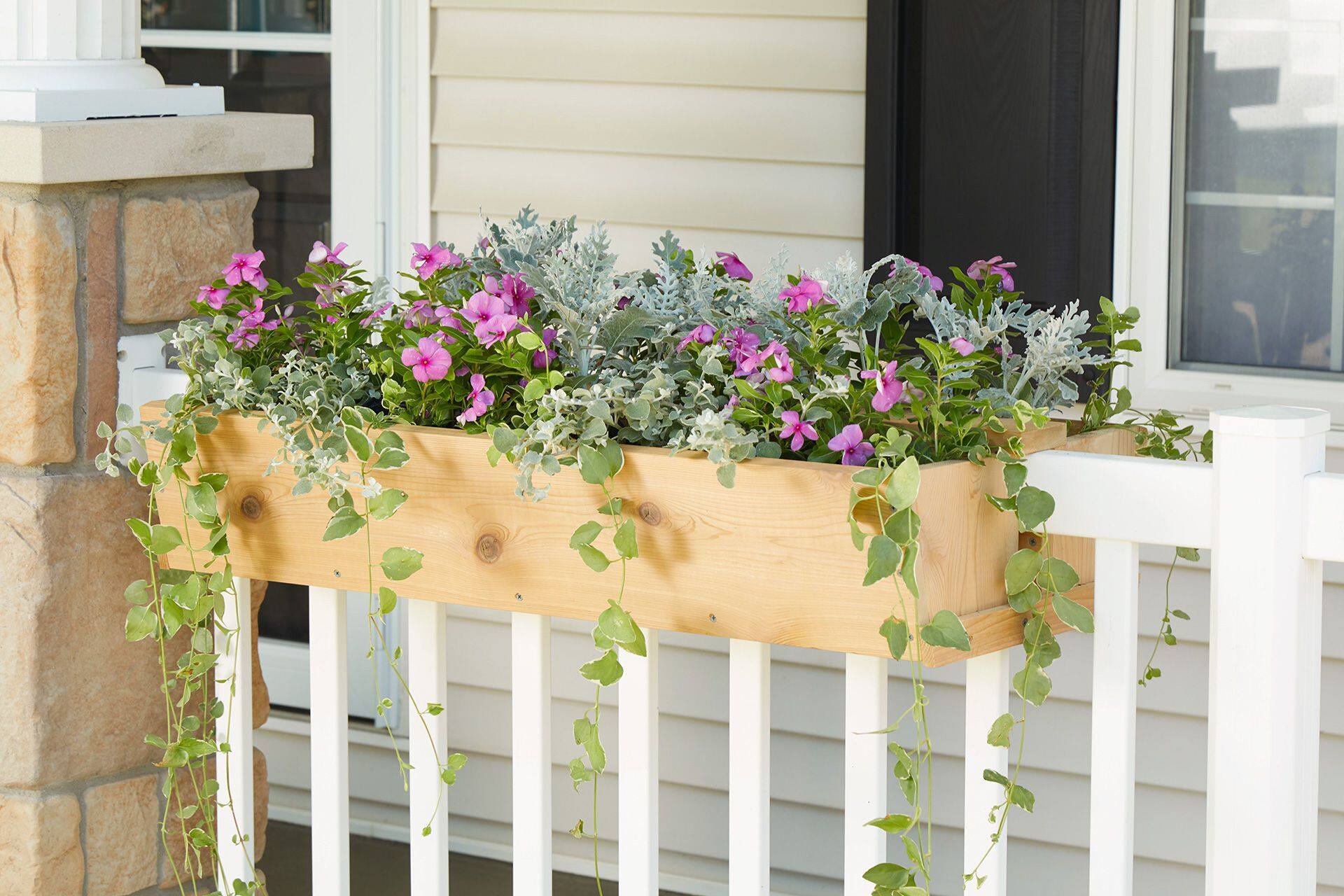
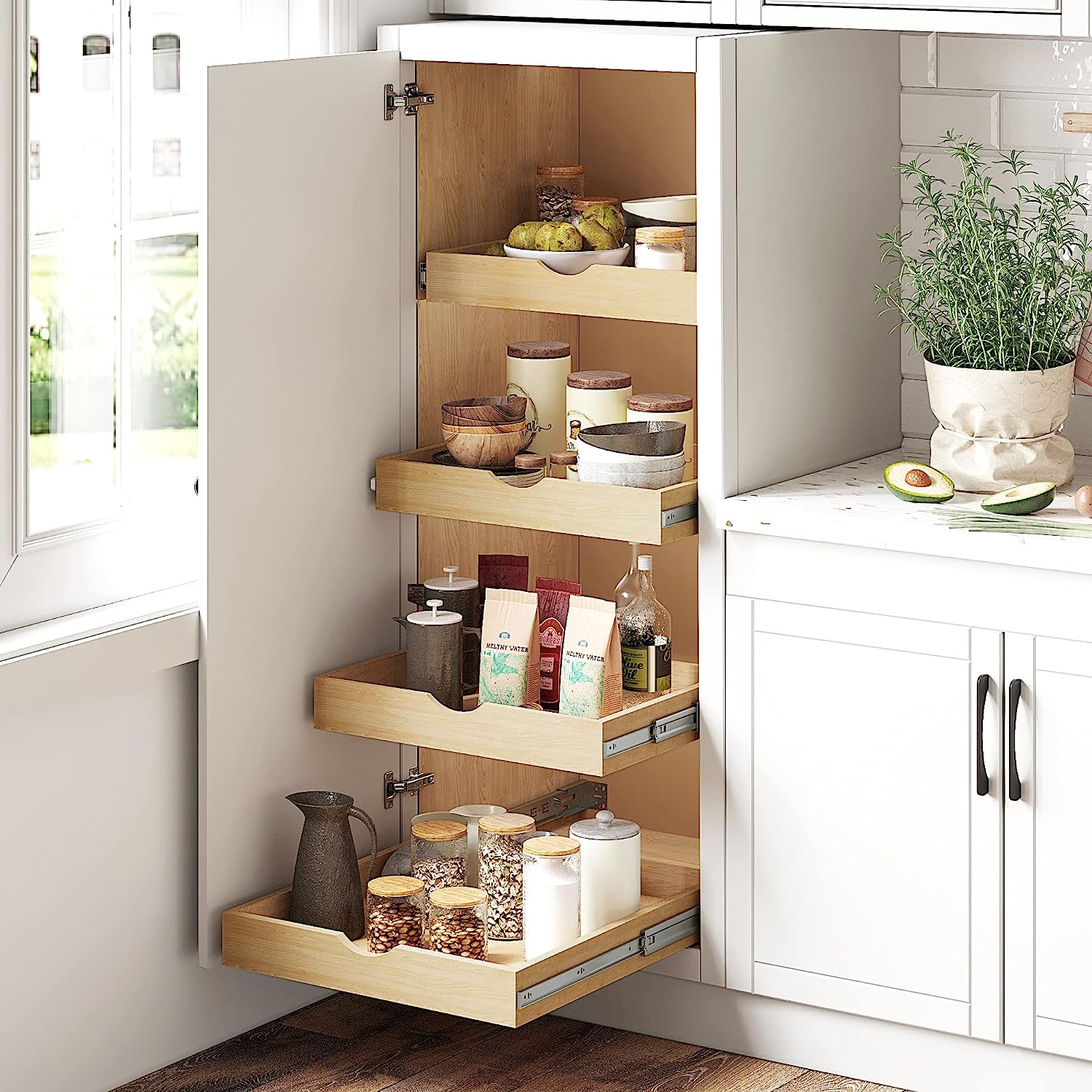
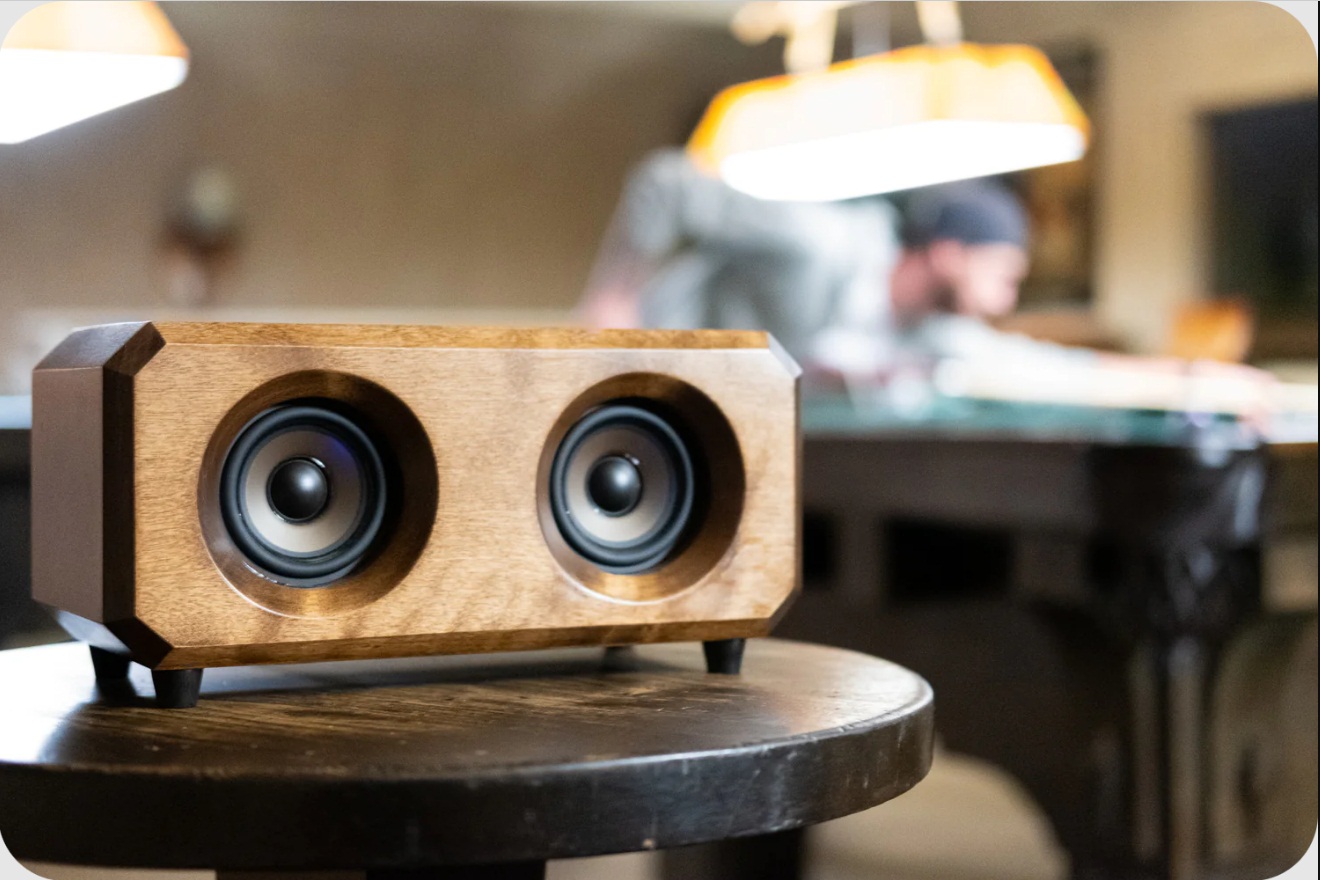
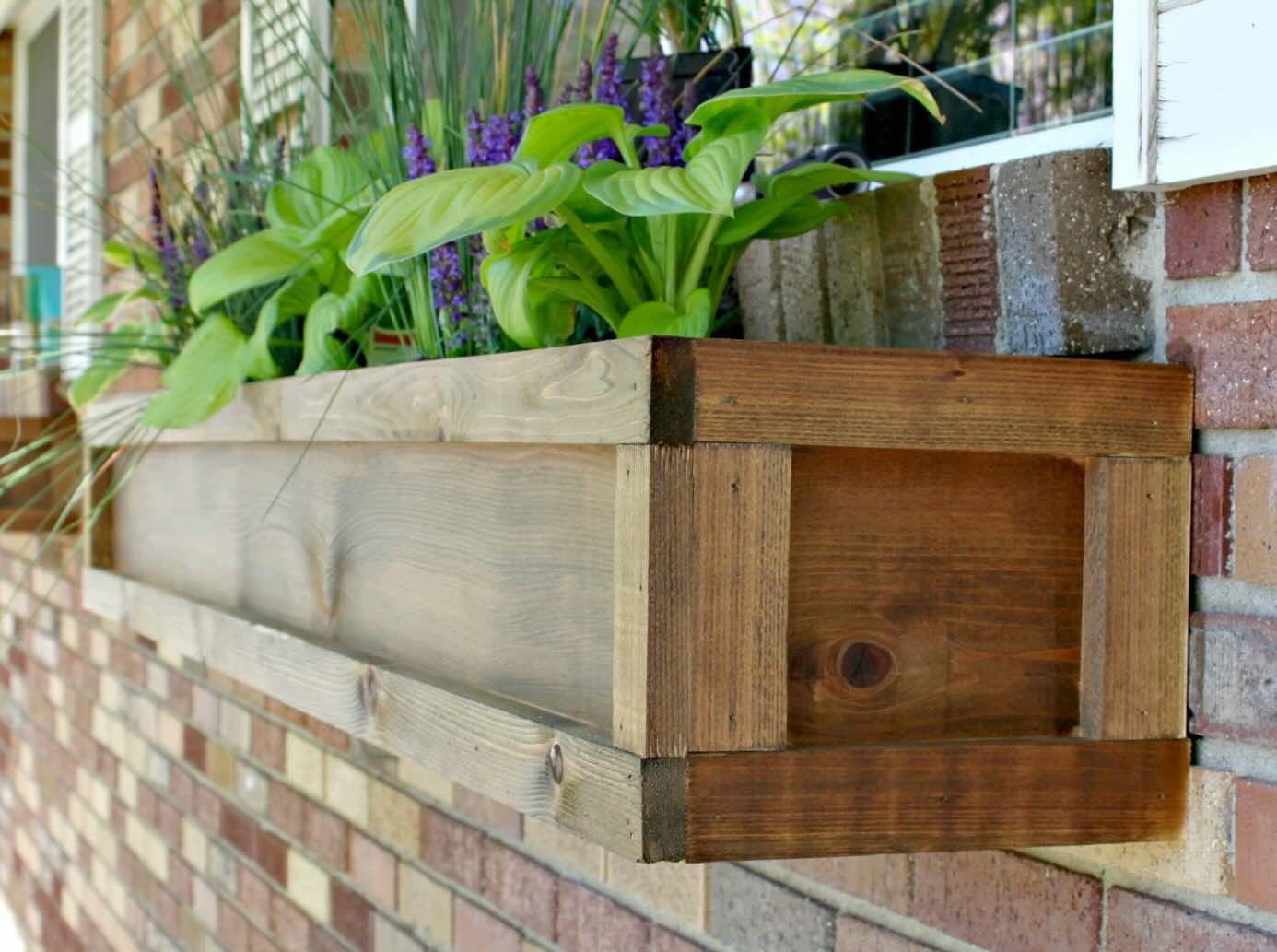
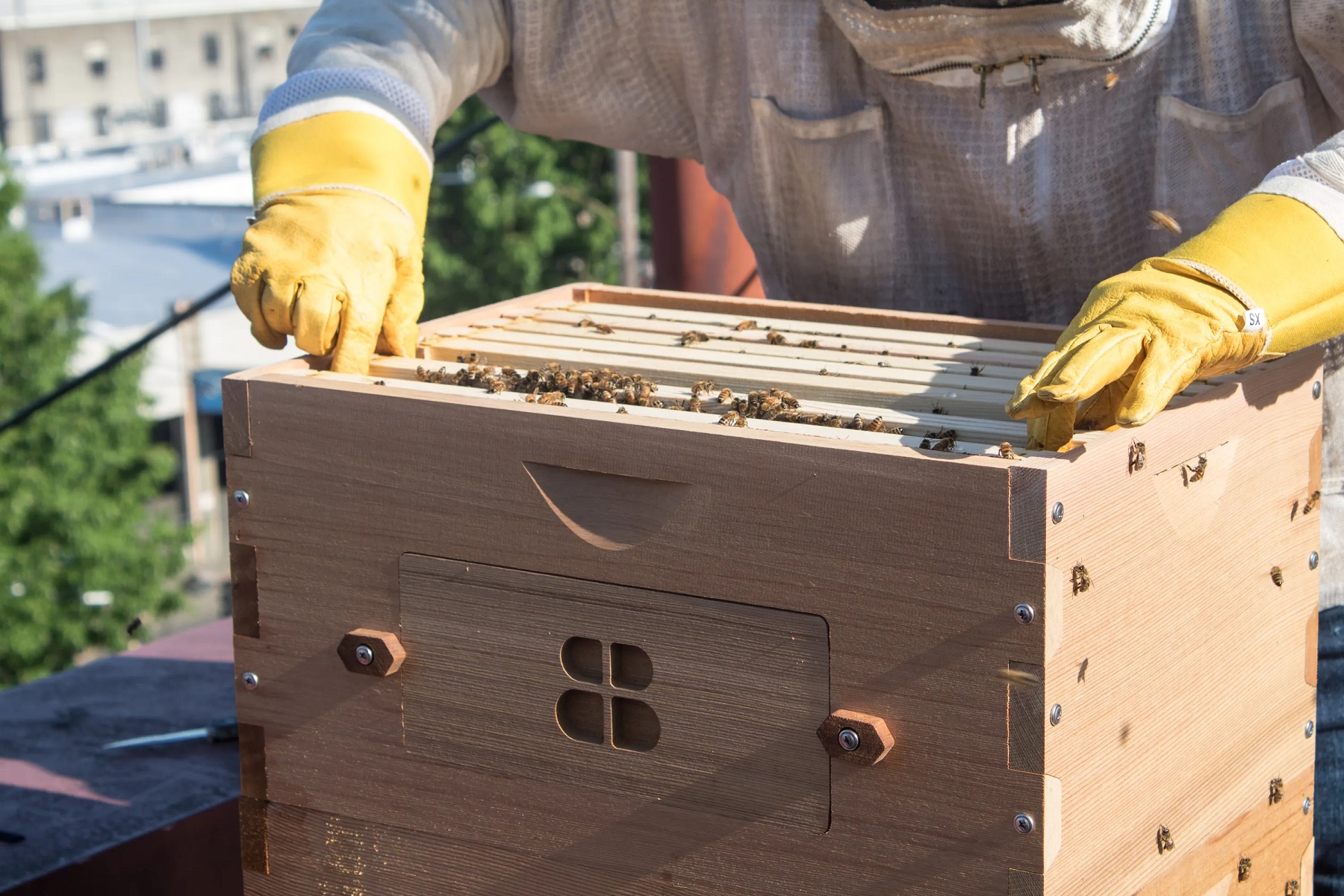
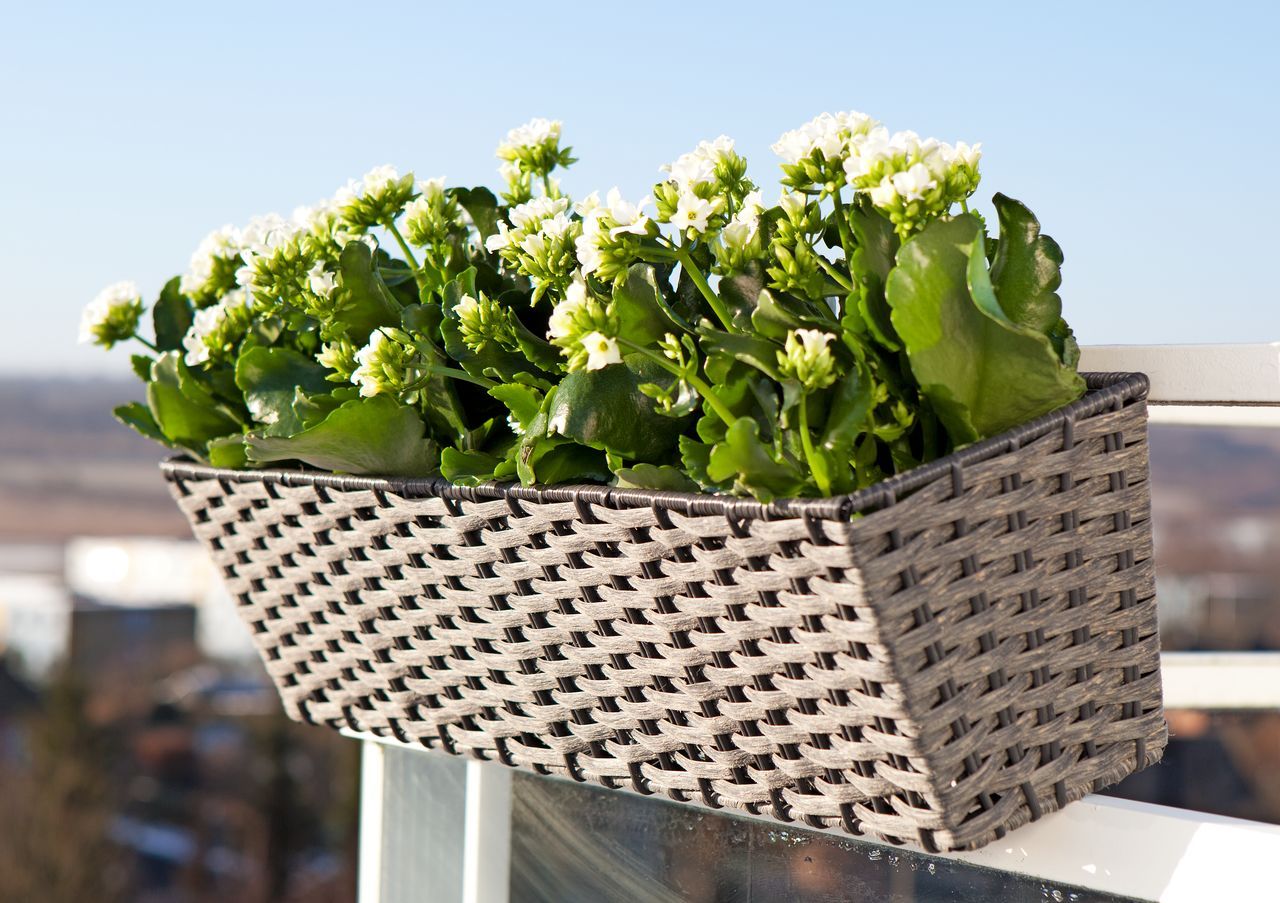
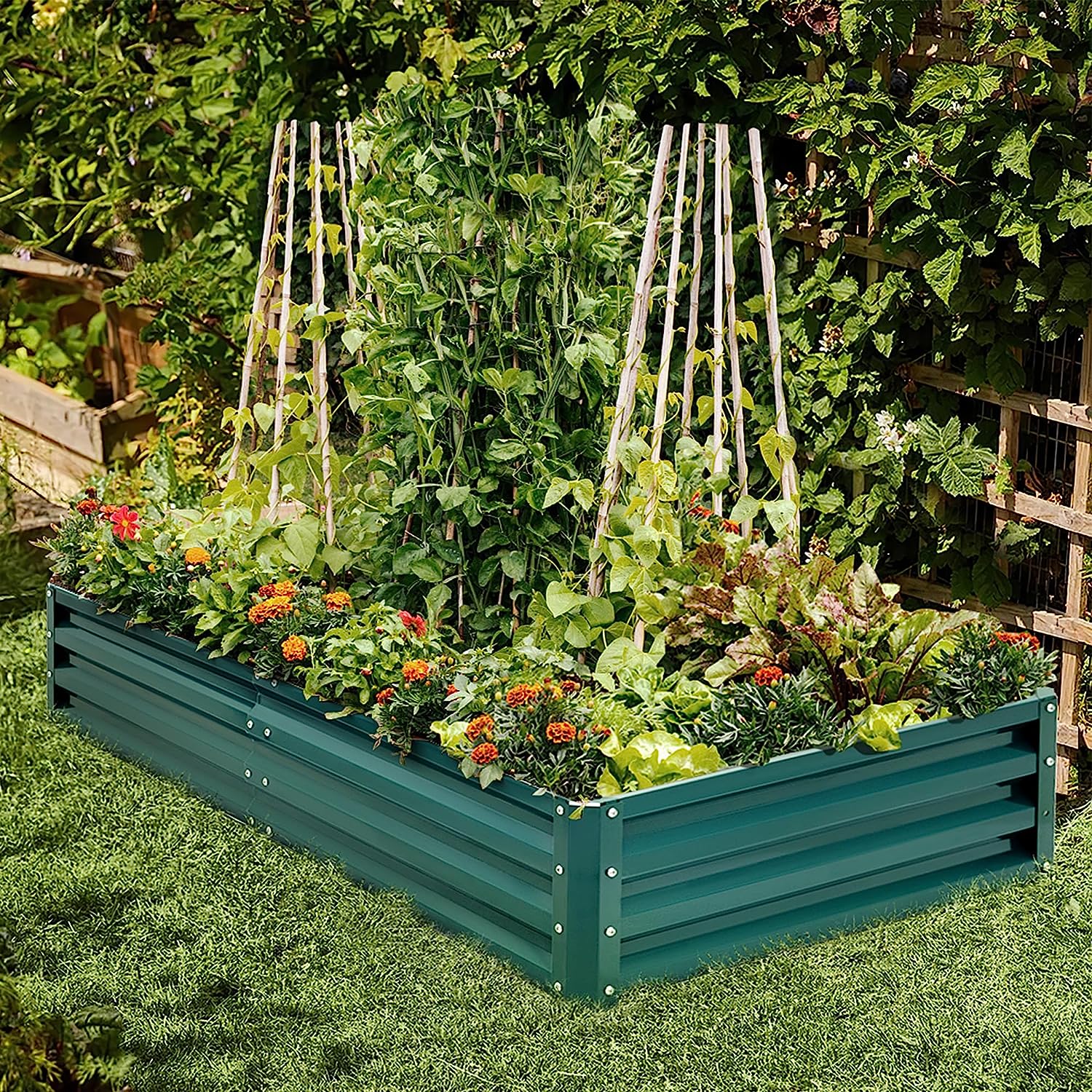
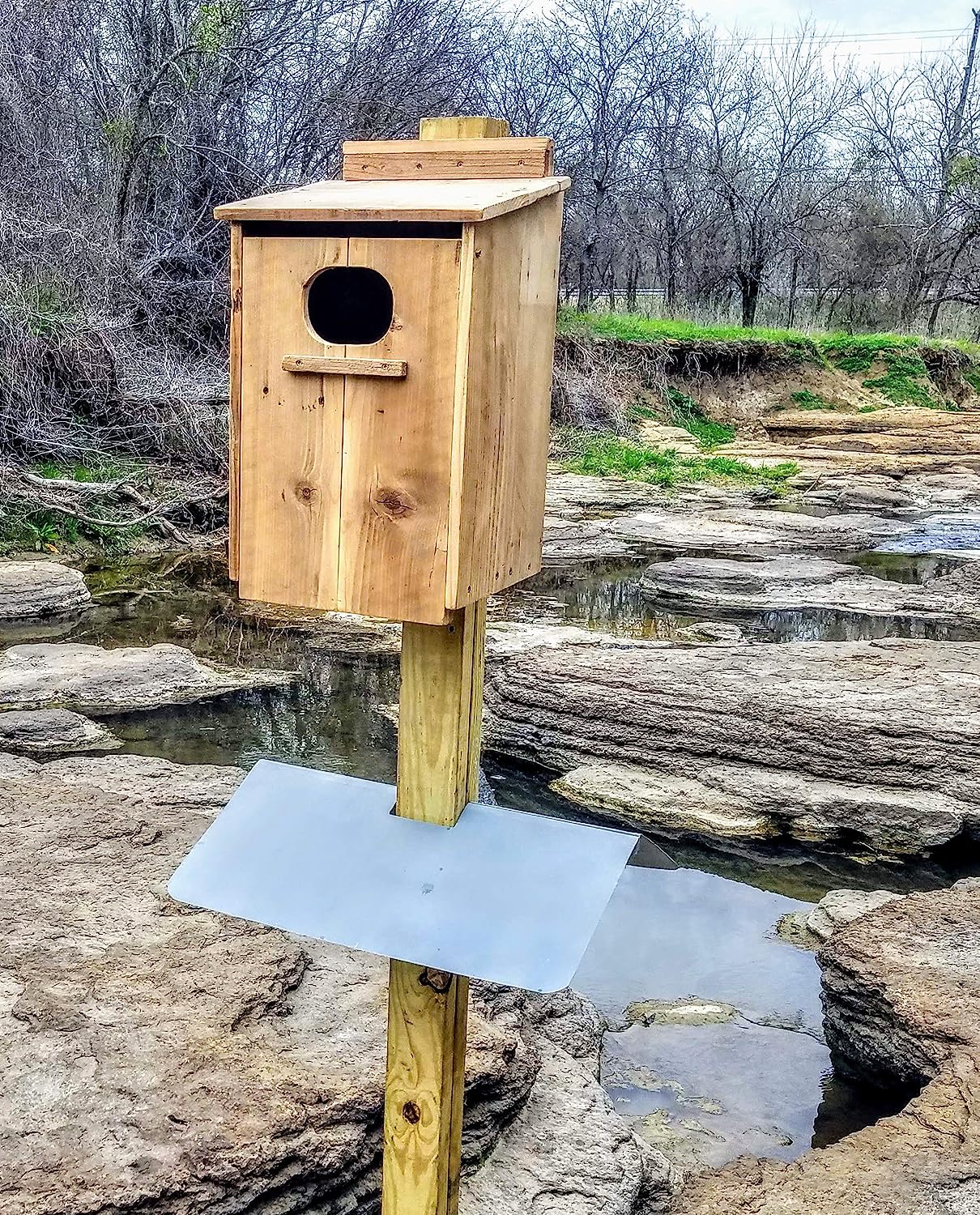
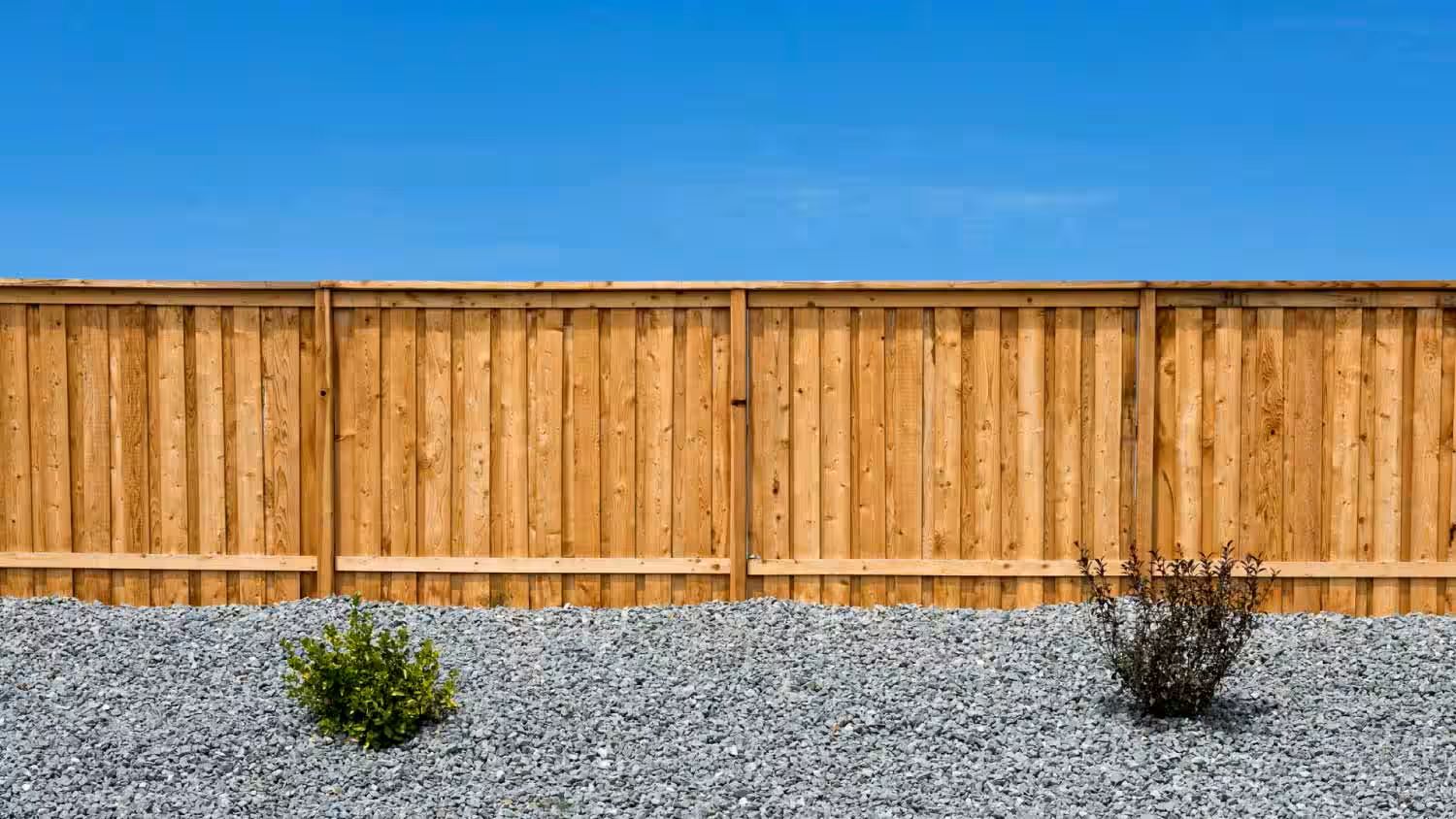
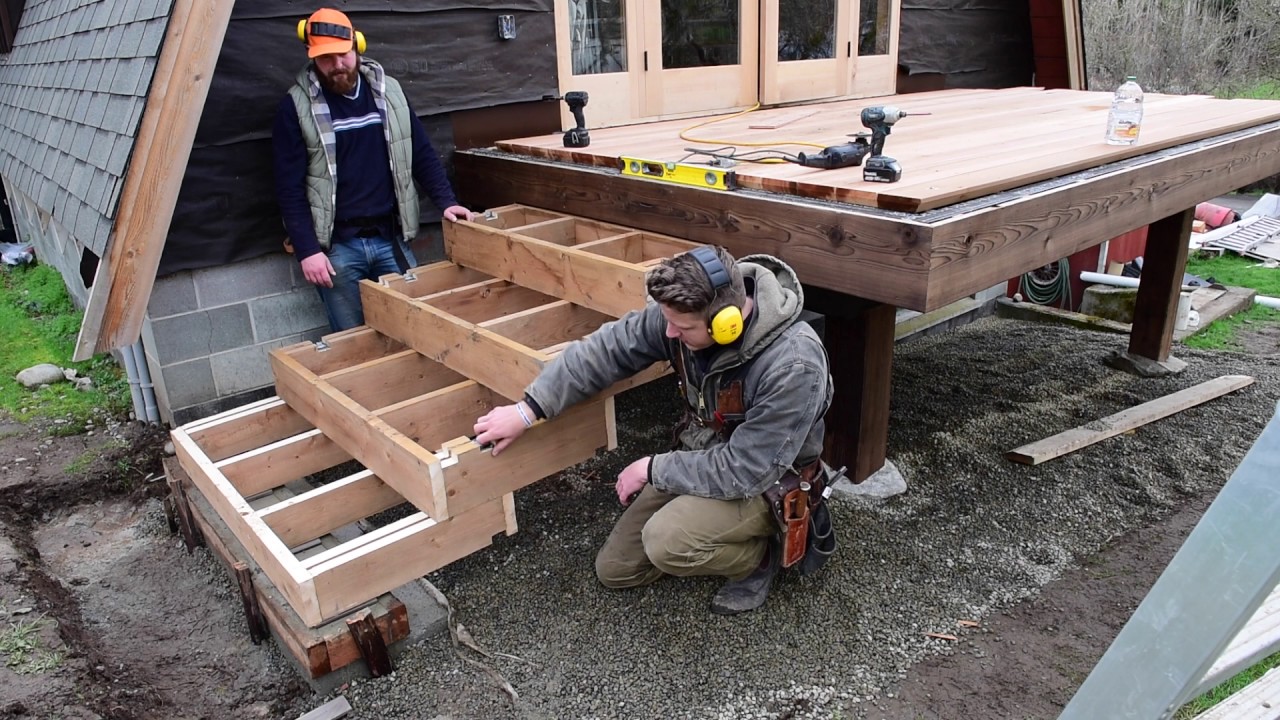

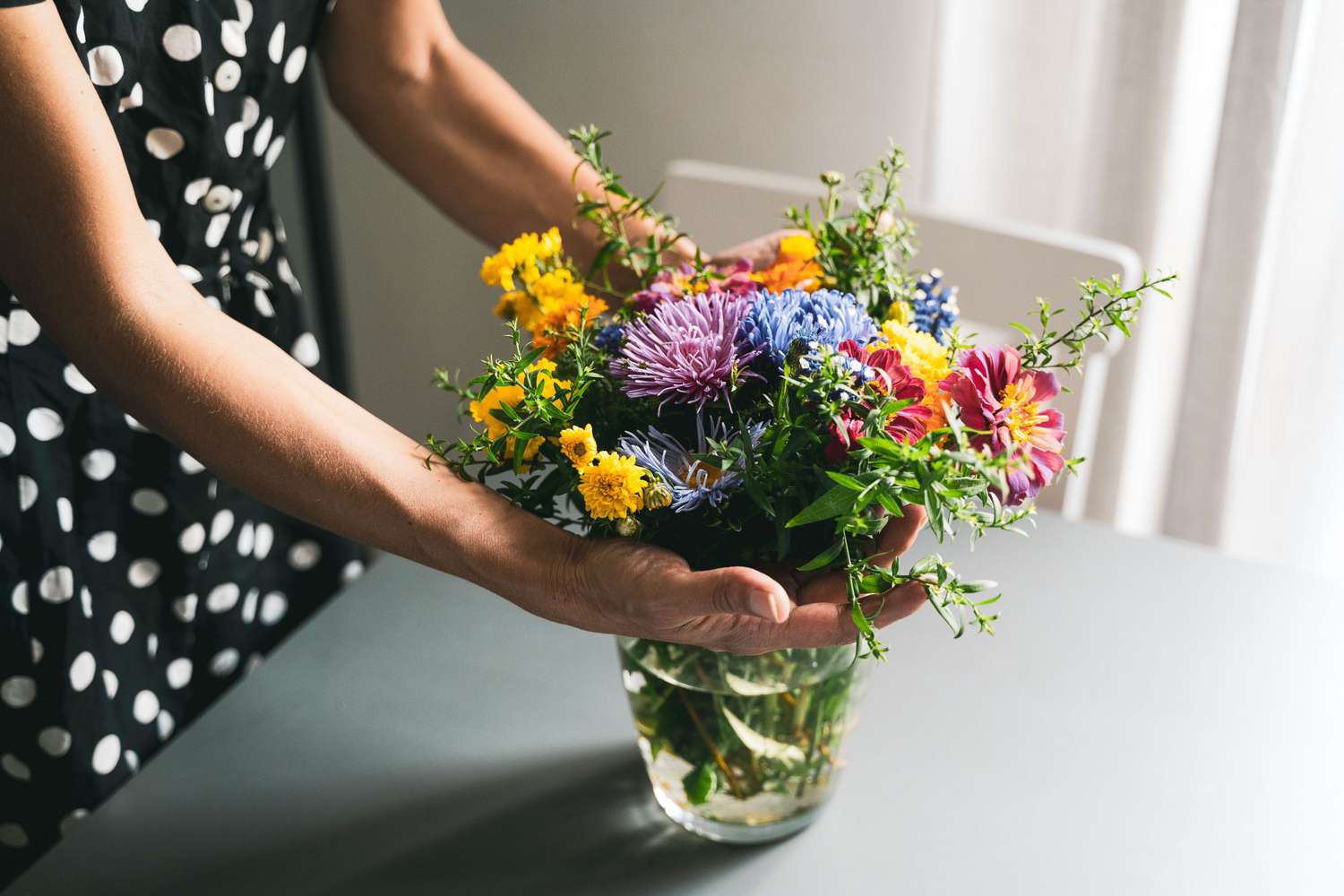
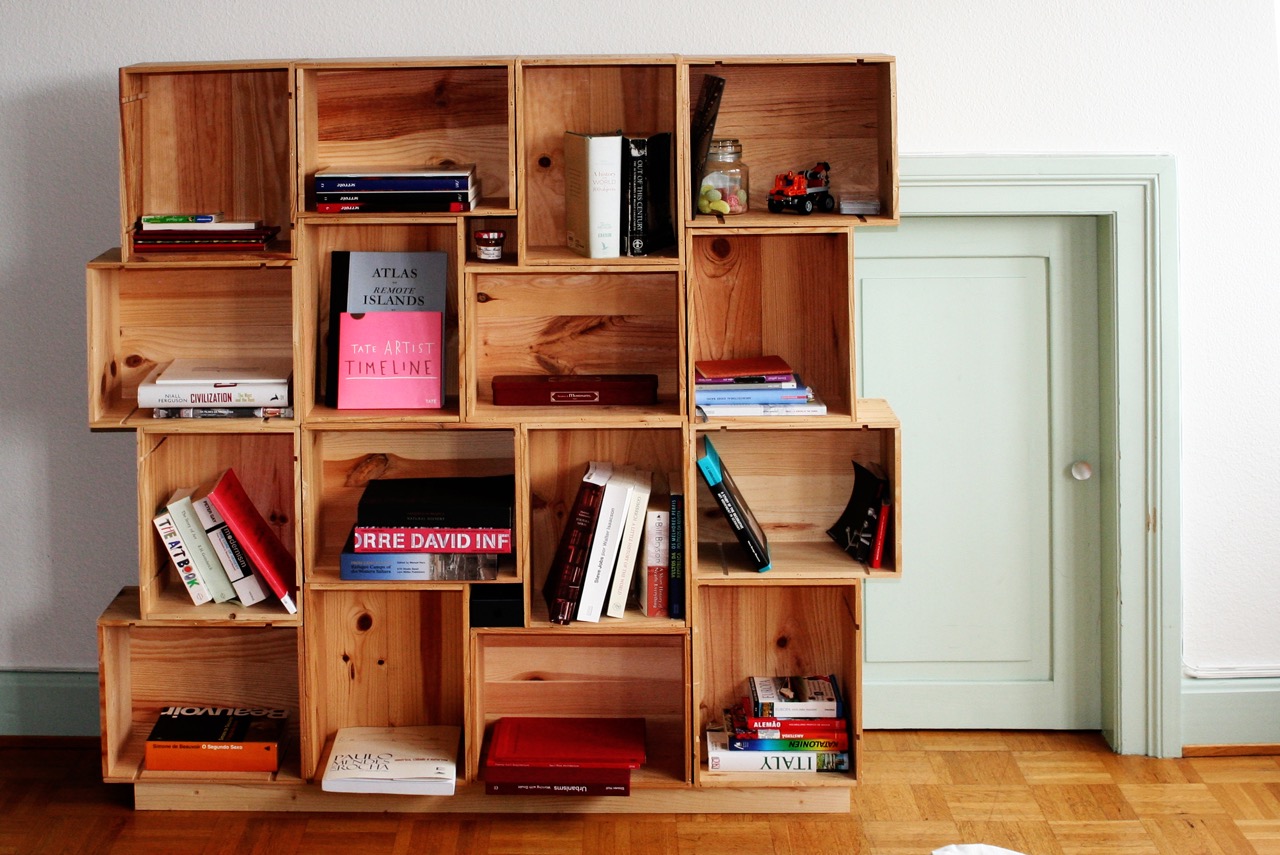

0 thoughts on “How To Build Flower Boxes”